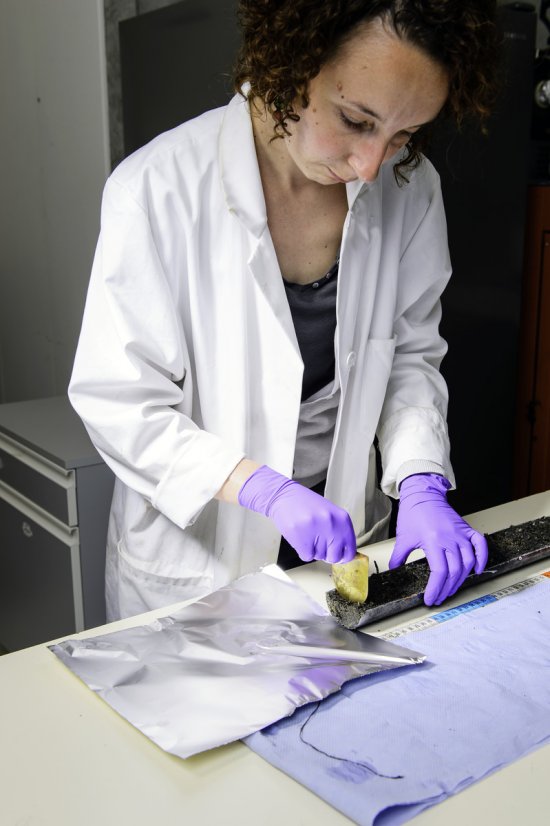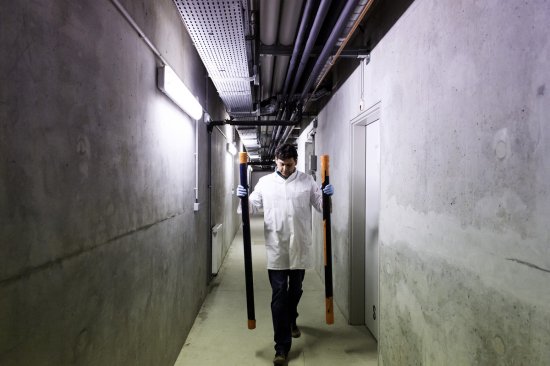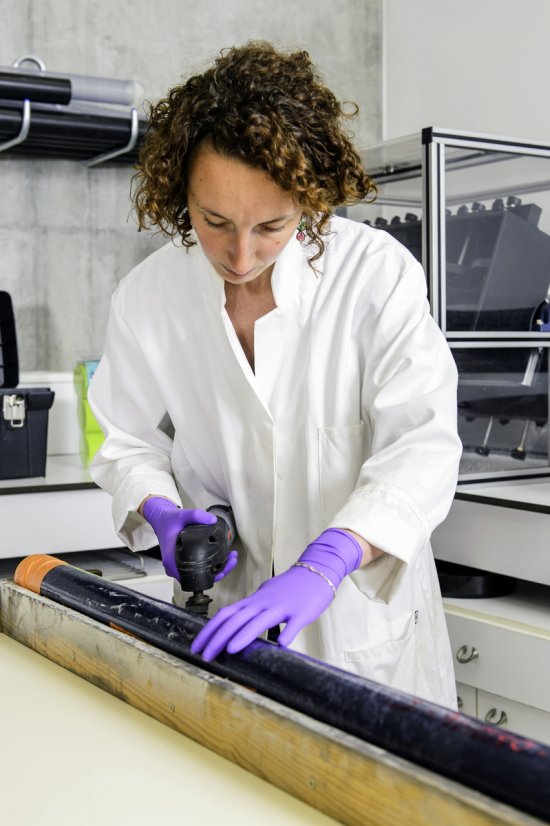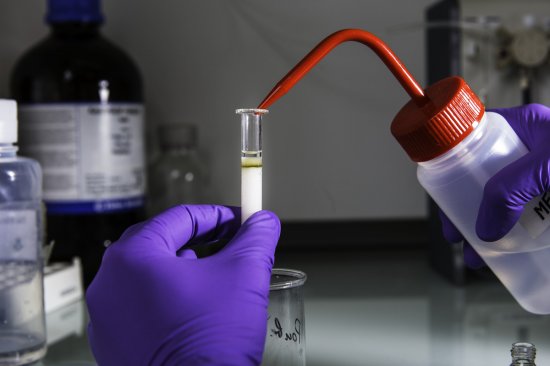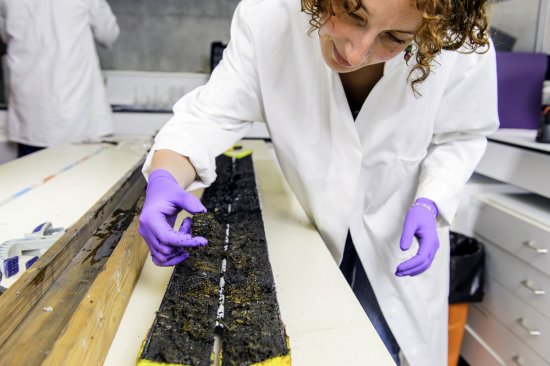
Institut des Sciences de la Terre d'Orléans (ISTO)
ORLEANS CEDEX 2
The Institut des Sciences de la Terre d’Orléans is a research laboratory in Earth Science dedicated to the external envelops of the Earth from the upper mantle to the atmosphere. Our studies focus on the heat and mass transfers at the interface between the mantle and the crust as well as between the crust and the atmosphere. Application domains of our research activities include the mineral, energy and water primary resources, the volcanic hazards, and the environmental impacts of anthropic activities.
Photo
20160080_0039
Transport de carottes sédimentaires prélevées dans une chambre à sable à Orléans
